New Gitana Maxi Foiling Tri launched
All Images Yvan Zedda and press release below with ful insights by Gitana Team www.gitana-team.com. On the central foil, lets see its performance against Macif and others in lighter winds.
——————–
Launch of the Maxi Edmond de Rothschild
A highly charged day for Gitana Team
Suspended from the crane, the carbon bird packs quite a punch. This emotional moment has been eagerly awaited by all those who have worked on her, not to mention those working in the background, in the big push to take offshore sailing into a whole new era. At 08:30 GMT this Monday, the first oceanic trimaran designed to fly offshore was launched in Vannes, south-west Brittany, under the proud gaze of her owners, Ariane and Benjamin de Rothschild, her designers and builders, and of course the whole of Gitana Team supporting skipper Sébastien Josse. It is 17.07.2017, the perfect date for the latest of five-arrow racing stable, which goes by the name of Gitana 17 for her christening ceremony.
She’s set to compete in a series of XXL maritime events, both in singlehanded and crewed configuration, under her race name, Maxi Edmond de Rothschild.
The public was also out in force, curious and enthralled about the opportunity to discover
this unique boat, which is a precursor of the latest generation multihulls that plane and fly. Her sleek, ethereal forms as well as her appendages, all equipped with trim tabs (even the central daggerboard), are an invitation to voyage, at speed, along the long oceanic swell. Indeed, this maxi-trimaran embodies the offshore racing universe and that of foiling, which is predominantly practiced within harbours, as is the case in the America’s Cup.
In fact, it was Guillaume Verdier and his associates who worked in collaboration with the Gitana Team design office to create this new prototype.
This French naval architect, who has just secured the silver ewer with the New Zealand
team, was also behind the first foiling monohulls from the last Vendée Globe. This same challenge was also taken up by the Gitana Team in 2015-2016 with the Mono60 Edmond de Rothschild. Indeed, the ambition of flying offshore is part of a long-term strategy within the racing stable, as much in terms of research and development as on the water, where Sébastien Josse has been flying for a long while, on various craft.
The spectacle of the genesis of this extraordinary boat has taken 170,000 man-hours and a build process lasting over 20 months. Following her launch, the Maxi Edmond de Rothschild, a craft measuring 32 metres in length and 23 metres wide, then made for her home port of Lorient. This is where her mast was built and awaited her arrival, surrounded by all the people who manufactured the 35-metre spar capable of carrying up to 650m2 of sail area with precision, patience and expertise.
Sails which, together with the hulls, form a genuine original work by American artist Cleon Peterson, which is totally unique. Indeed, under the impulse of Ariane de Rothschild, Gitana 17 has today become the largest offthe-wall work of the Lasco Project, an artistic project organised by the Palais de Tokyo as a dedication to urban arts.
In sporting terms, Sébastien Josse can now really get the chance to come face to face with this new machine.
The skipper will now try to get his bearings, step by step, with humility, before setting sail across the Atlantic, on 5 November 2017, accompanied by Thomas Rouxel. This journey will be the double-handed Transat Jacques Vabre yacht race between Le Havre and Salvador de Bahia in Brazil. Over the next two years, the skipper will notably participate in the Route du Rhum (2018) and then the first ever single-handed round the world race
created for these Ultime multihulls (2019).
A fabulous vital lead
As with a work of art, there is great emotion and meaning in this project. Deciphering the Maxi Edmond de Rothschild universe is synonymous with entering into a technological, human and creative story where everything matches, like a completely coherent kaleidoscope. This boat forges a link between the universe long
perpetuated by the Rothschild family.
When in 2000, Baron Benjamin de Rothschild founded the offshore racing stable Gitana, he intended to continue the family’s 100-year-old passion for competition, the sea and above all for innovation. A taste for speed and the risk involved in committing oneself outside the normal boundaries takes on its true meaning once more. This boat also illustrates the Rothschild’s business spirit, the ability to gather together skillsets and work together, as much in its complex calculations as in the workshop, where the very best in their field take things to a whole new level. Finally, this vital lead naturally extends as far as the art universe and the missions supported by the Edmond de Rothschild Foundations.
From the moment this new trimaran was designed, Ariane de Rothschild was keen to enter into a dialogue between the world of the sea and that of Street Art, urban expression becoming a must, outside the usual codes, like sailors pushing back the limits.
Devise, transpose, innovate
Today’s multihulls fly, which means that they are held up out of the water thanks to appendages equipped with lifting surfaces, which act like the wings of a plane, albeit in the water. At the heart of this new mode of sailing, stability and reliability are key parameters in performance.
Already, on 31 March 2016, the Gitana Team managed to get its Multi70 Edmond de Rothschild airborne. A first success on this one-design come test platform, which was followed up by today’s foiling Imoca monohull and the Maxi.
No fewer than 250 people from all manner of specialist trades across Europe, New Zealand and the United States have played their part in the creation of the maxi-trimaran. Team Verdier combined all its expertise with that of the members of Gitana Team’s design office, as well as an incredible network of service providers, particularly those from engineering and construction. Among them, Pixel Sur Mer (servo-control), C3 Technologies (bulkheads and appendages), Re Fraschini (foils), Lorima (mast), Multiplast (platform) and also Persico (cockpit).
Leaving the yard is the first major step, but there is a long road ahead to discover her
potential and learn to tame her. Over the coming weeks, there will be a series of tests for resistance under load, sail trials and debut flights. Like a bird that takes off alone away from the nest, prudence will be the order of the day.
A collective work of art and craftsmanship
Aboard this boat, man has had a hand in everything. Laminators, hydraulics specialists, painters, experts in toplevel ropework and many other professions make up this team of high-tech craftsmen and women, who rank
among the world’s elite, and who have given their all in the bid to realise a common goal.
As such, when the street artist Cleon Peterson designed his work on this immense canvas, Jean-Baptiste Epron adapted the original design so as it could be expressed in various weather conditions, namely under every sail configuration.
The graphic artist-navigator has interpreted the livery of the Gitana boats since 2000, all based on the family coat of arms. In this way, the work by Cleon Peterson is very much in line with tradition, with the notable integration of the five Rothschild arrows brandished by its warriors.
The ‘Gitane’ is present too, embodied as a Greek goddess carrying the globe to reflect the round the world journey, which the boat will soon embark on.
Finally, another powerful symbol, the four warriors represent Ariane and Benjamin de Rothschild’s daughters and convey the much cherished family notion of passing things down.
QUOTES
Ariane de Rothschild, owner of Gitana Team
“This trimaran is a fantastic way to carry on the 140-year history of the Gitana boats and the research and development within our family. The Maxi Edmond de Rothschild is the culmination of serious consideration, both on a technological and aesthetic level. It is the story of a continuous quest and a series of experiments, notably that carried out on the trimaran Gitana XV, then again on Gitana 16 (a foiling monohull for the Vendée Globe).
Thanks to Cleon Peterson’s designs, this trimaran also champions art and provides a fabulous sounding board for what we’re doing through our foundations, which deal with matters such as integration, urban violence and philanthropy. For all these reasons, this boat beautifully champions the values, which our family has supported for generations.”
Benjamin de Rothschild, owner of Gitana Team
“This launch was naturally moving. Over time, the Gitana boats have had their share of innovations and the latter is continuing this tradition with the aim of being the first flying offshore trimaran. We’re keeping up the tradition of daring to venture forward, whilst placing our trust in Guillaume Verdier, who has already proven his worth, and in our team, which is constantly progressing. It’s also a very stimulating period in terms of the records
being set at the moment, which place the bar ever higher. We’re now really keen to step the mast, bend on the sails and get out sailing.”
Cyril Dardashti, General Manager of Gitana Team
“We’ve had a very emotional and important day in Gitana Team’s history. The team has been working flat out to launch this boat within the original timeframe and it hasn’t been easy day in day out as the Maxi Edmond de Rothschild is an exceptional and xtraordinary craft. The last few weeks have been particularly intense for everyone and I’m very proud of the team as together we’ve managed to overcome all the challenges to conclude this chapter of the build and set this Maxi in motion. It’s the start of a new story, but already its realisation has been exemplary. I repeat this over and over, but we’re incredibly lucky that Ariane and Benjamin de Rothschild honour us with such trust, which enables us to be daring in our innovation. Such passion and commitment are what drives the Gitana Team on a daily basis.”
Sébastien Josse, skipper of Gitana Team
“Inevitably I’m itching to get going but I’m keeping a low profile, in absolute awe of all the work put in by the whole team. We won’t sail the same in solo or crewed configuration, and the same is true in record or race configuration. Today, records are broken by teams who have been working away at them for a long time. There is a large unknown element and lots of things are being trialled here for the first time. We’re going to have to become ever greater, come face to face with this boat and listen to each other in order to get a full grasp of what’s going on. In due course, the race around the world in 2019 will bring to the fore the pressure of competition, which will thrill us, not only through the technological element but through the incredible human adventure in what is a truly pioneering ambiance.”
Pierre Tissier, Technical Manager of the Gitana Team
“Ten years ago, we wondered about the size of the headsail furlers, the stresses the inches were under, whether to use rams for certain operations or about canting the mast. Today, we’re no longer asking questions along these lines, rather we question what angle to give the flaps (like those on a plane’s wing), what type, what size… We’re asking new questions about new things. It’s a large boat, designed like a small foiler and it operates in a fairly similar way to a boat in the America’s Cup. It’s the start of a long journey of discovery, we’re breaking new ground here, with a boat that has the potential to fly offshore, and now it’s a question of doing just that.”
Guillaume Verdier, naval architect
“The initial idea was to design the first oceanic boat capable of flying with unfailing reliability. There are trim tabs on all the appendages. The central daggerboard has one too, a lifting surface in the form of a skate wing in order to increase stability still further when heeling and rolling. That is a huge amount for Sébastien (Josse) to trim. He’s going to have to go at it in stages, learn how far is reasonable enough and also what hand to play
when the seas are too heavy. There were 80 of us within Team New Zealand answering these questions. As such, we’ll need to be patient and discuss ideas in depth to reveal the boat’s true potential.”
Cléon Peterson, artist (USA)
“It’s a great privilege and an honour to have played a part in this fascinating project. I can imagine Sébastien Josse’s heroic voyage, where he will have to face up to himself and the sublime power of nature. In contrast to my other works, this one is going to travel. It’s very motivating to know that your work will have a life around the world, across the oceans and in all different lights. It was also a real challenge to adapt the design to the sail
area and the paint team did an incredible job off the back of that. I’m now very keen to see her with her sails and in motion.”
TECHNICAL FOCUS
Six delicate appendages: The decision came down to L-shaped foils measuring 5 metres in height and 3 metres in breadth (the largest ever built) and T-foil rudders, which serve to lift the boat and hence help her take off. These T-foil rudders will be retractable so as not to impinge on the boat’s ability to slip through the water and minimise the rise of breakage regarding the windward float.
Flat-bottomed hull and floats: As is the case on the America’s Cup craft, the Maxi Edmond de Rothschild is equipped with three planing hulls with inverted bows and flat bottoms, so as to increase the ability to fly and provide excellent stability in heavy seas. The central hull and floats have a high freeboard for improved protection at sea.
Rectangular, streamlined beams: The use of massive L-shaped foils and T-foil rudders translate as high floats and as stiff a platform as possible. The beams linked to the central hull are rectangular – and non-curved – so as to optimise stiffness. These straight beams are streamlined like plane wings so as to improve the aerodynamic effect.
Streamlined cockpit: Streamlined to reduce windage and retain the boat’s aerodynamic look, the cuddy carried back from the central hull results in a highly-protected living pod. When sailing singlehanded, the skipper will spend a lot of his time here and, when sailing in crewed configuration, bunks are provided down below, inside the central hull.
PROGRAMME
– NOVEMBER 2017
Start of the Transat Jacques Vabre (LE HAVRE – SALVADOR DE BAHIA), double-handed race.
– NOVEMBER 2018
Route du Rhum (ST MALO – POINTE-À-PITRE), single-handed race.
– AUTUMN – WINTER 2019
Round the world SETTING SAIL FROM BREST, single-handed race.
LONGUEUR : 32 mètres
LARGEUR : 23 mètres
POIDS (DÉPLACEMENT) : 15,5 tonnes
TIRANT D´AIR : 37 mètres
VOILES : North Sails en 3Di
SURFACE DE VOILURE AU PORTANT : 650 m2
SURFACE DE VOILURE AU PRÈS : 450 m2
APPENDICES : 6
TYPE : safrans de flotteurs en T (2), foils en L (2), dérive coque centrale (1), safran de coque centrale en T
(1)
ÉNERGIE : moteur diesel avec génératrice, éoliennes / diesel engine with generator, wind generators
ARCHITECTES – TEAM VERDIER : Guillaume Verdier, Hervé Penfornis, Romaric Neyhousser, Morgane
Schlumberger, Véronique Soulé (calculs de fluide), Jamie France, Bobby Kleinschmidt (architecture navale /
VPP), Pure Design & Engineering, (Romain Garo (CFD), Len Imas (CFD)
BUREAU D´ÉTUDES GITANA : Antoine Koch, Armand de Jacquelot, Sébastien Sainson, Julien Marcelet,
Marine Villard
CONSTRUCTEURS : Gitana (maître d´ouvrage), Re Fraschini (foils), C3 Technologies (cloisons et
appendices), Lorima (mât), Multiplast (plate-forme), Persico (casquette)
FOURNISSEURS : Heol Composites, Harken, Pixel sur Mer, Écritures, l´Atelier sur Mer
DÉCORATION : réalisation de Jean-Baptiste Epron selon une oeuvre originale conçue spécifiquement pour ce
————–



















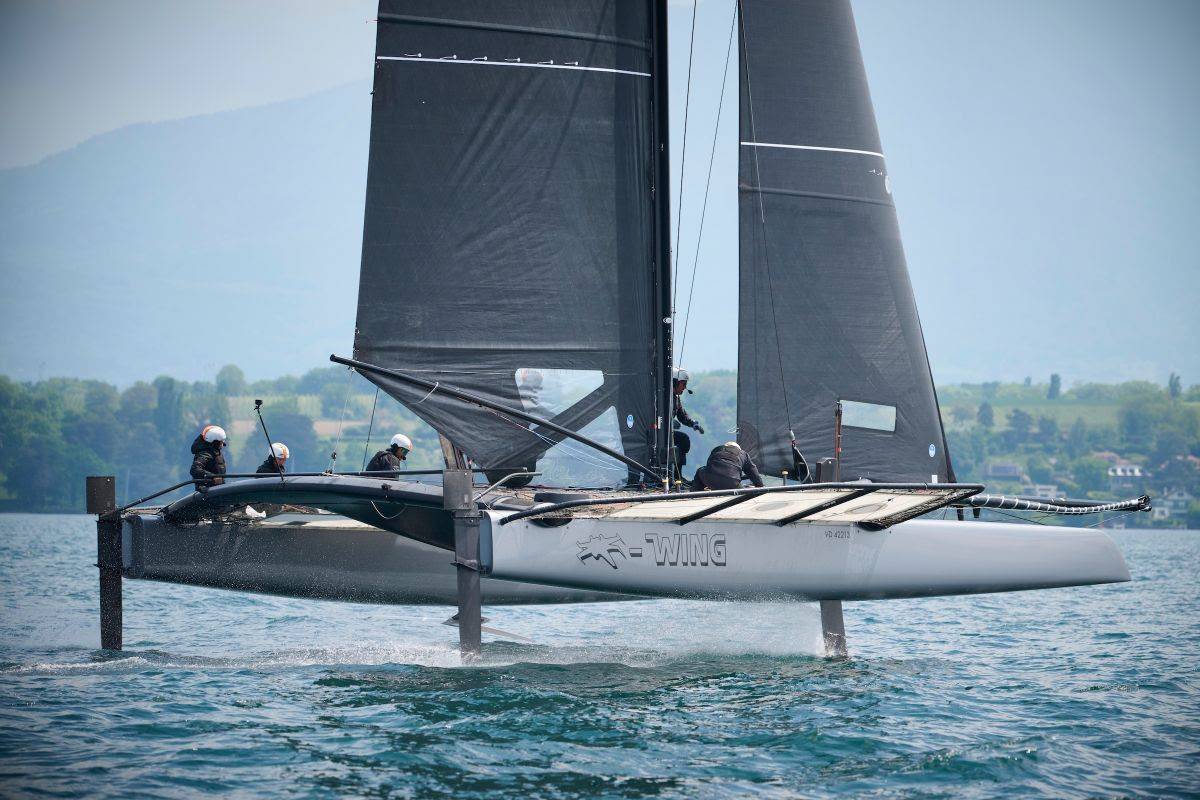
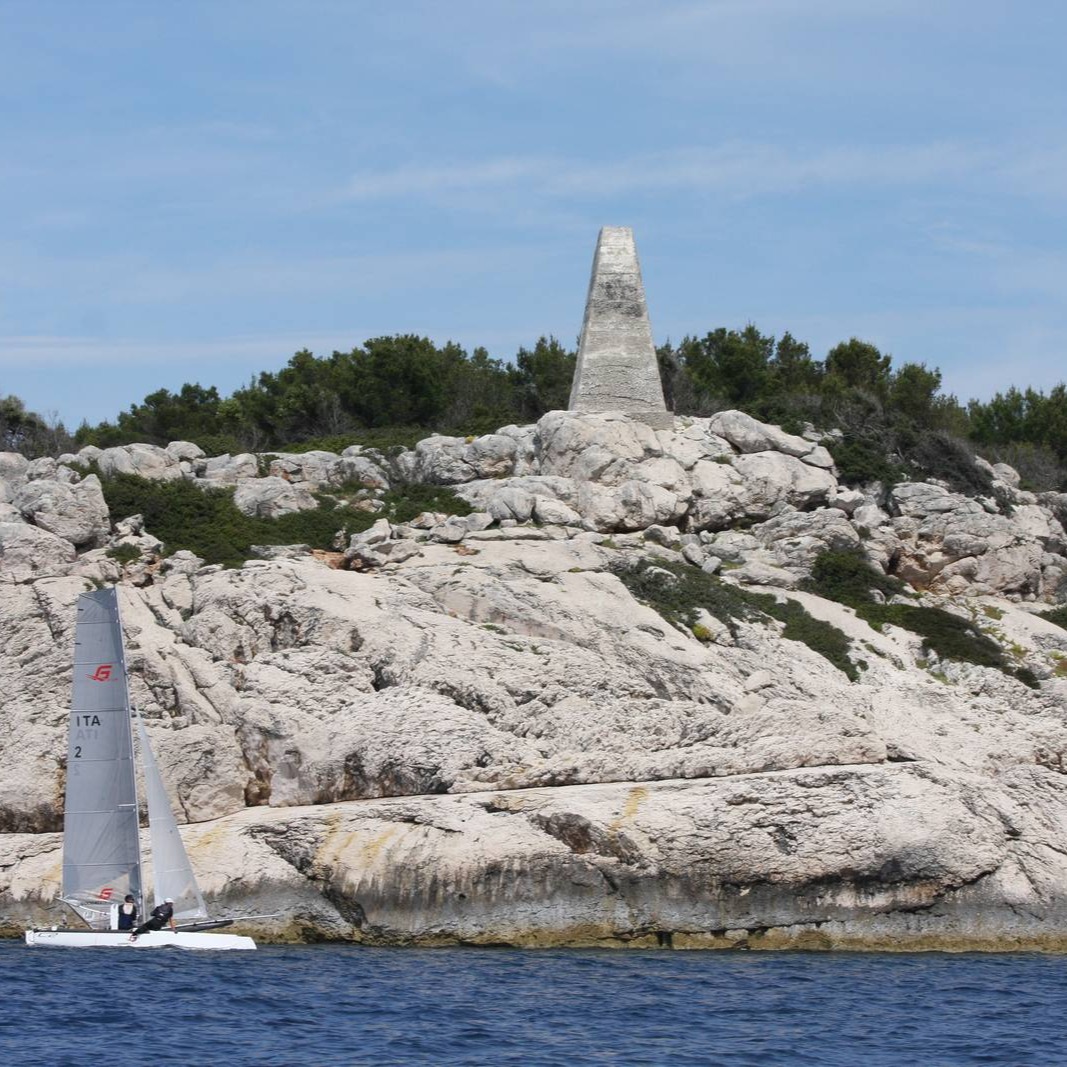
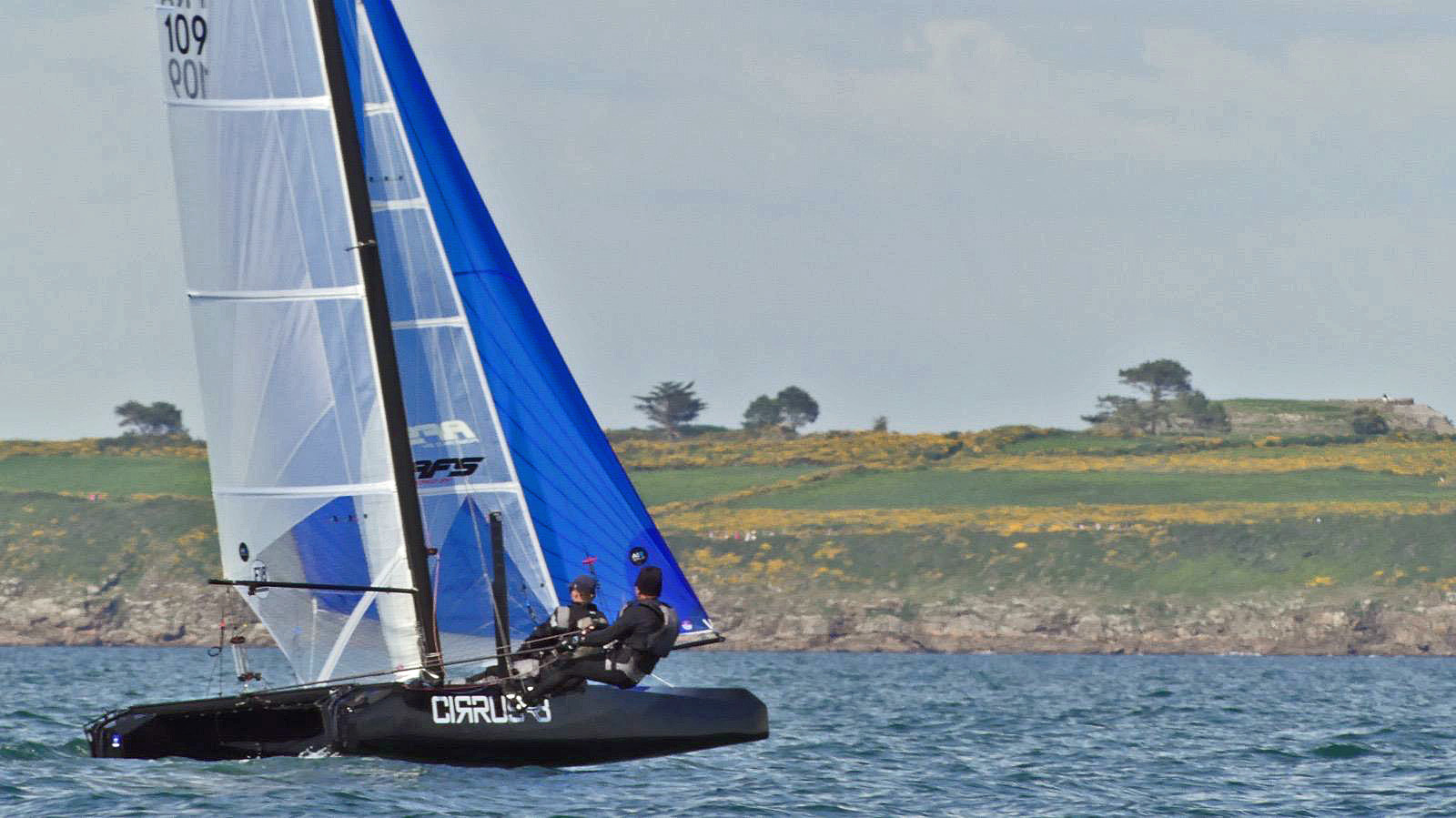
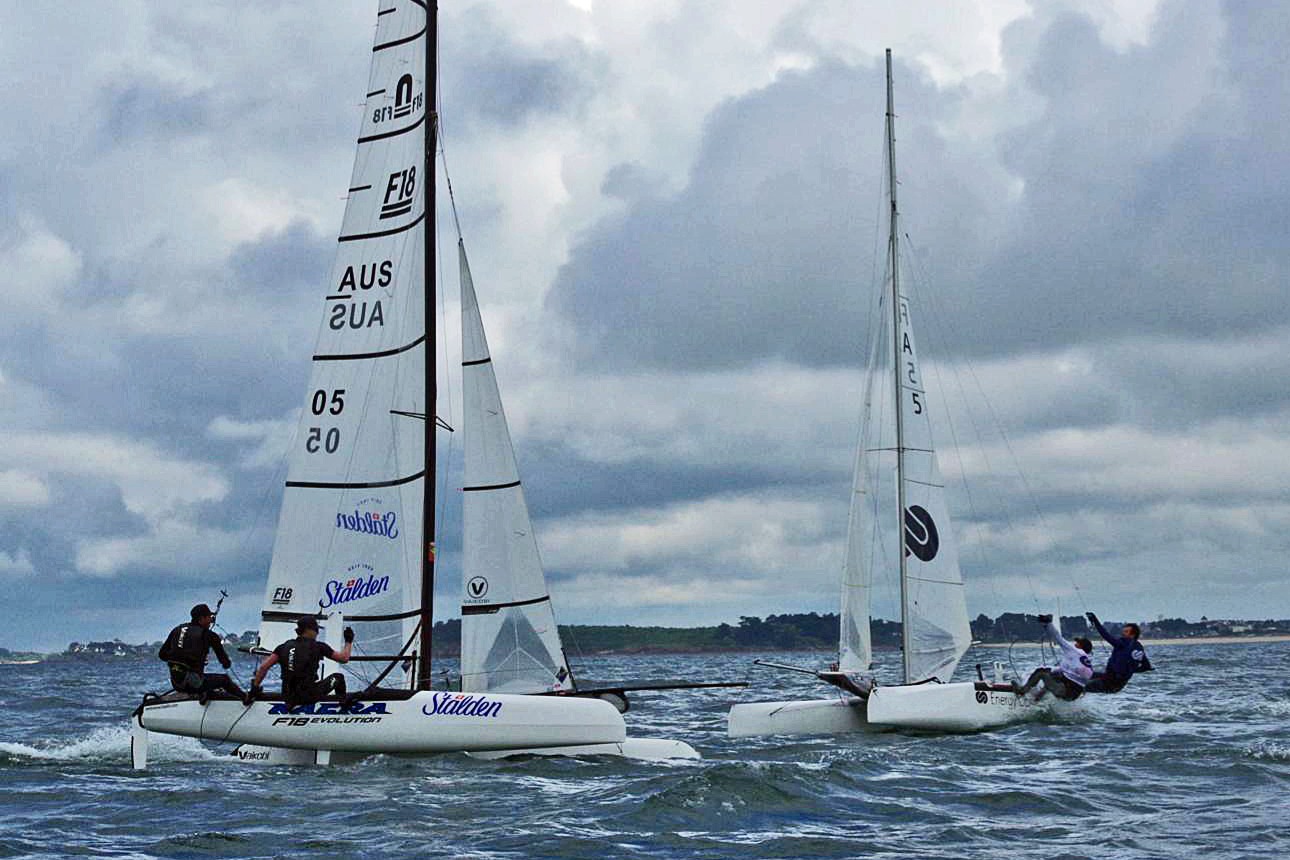
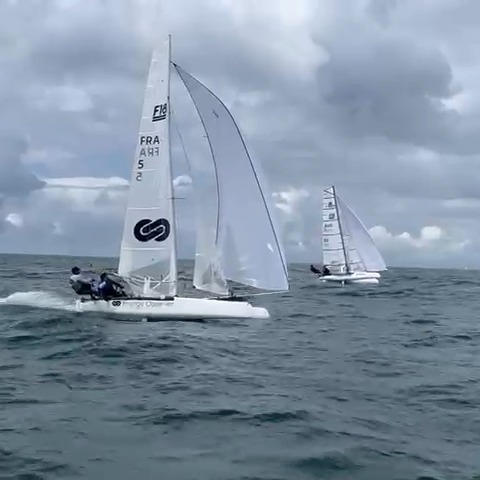
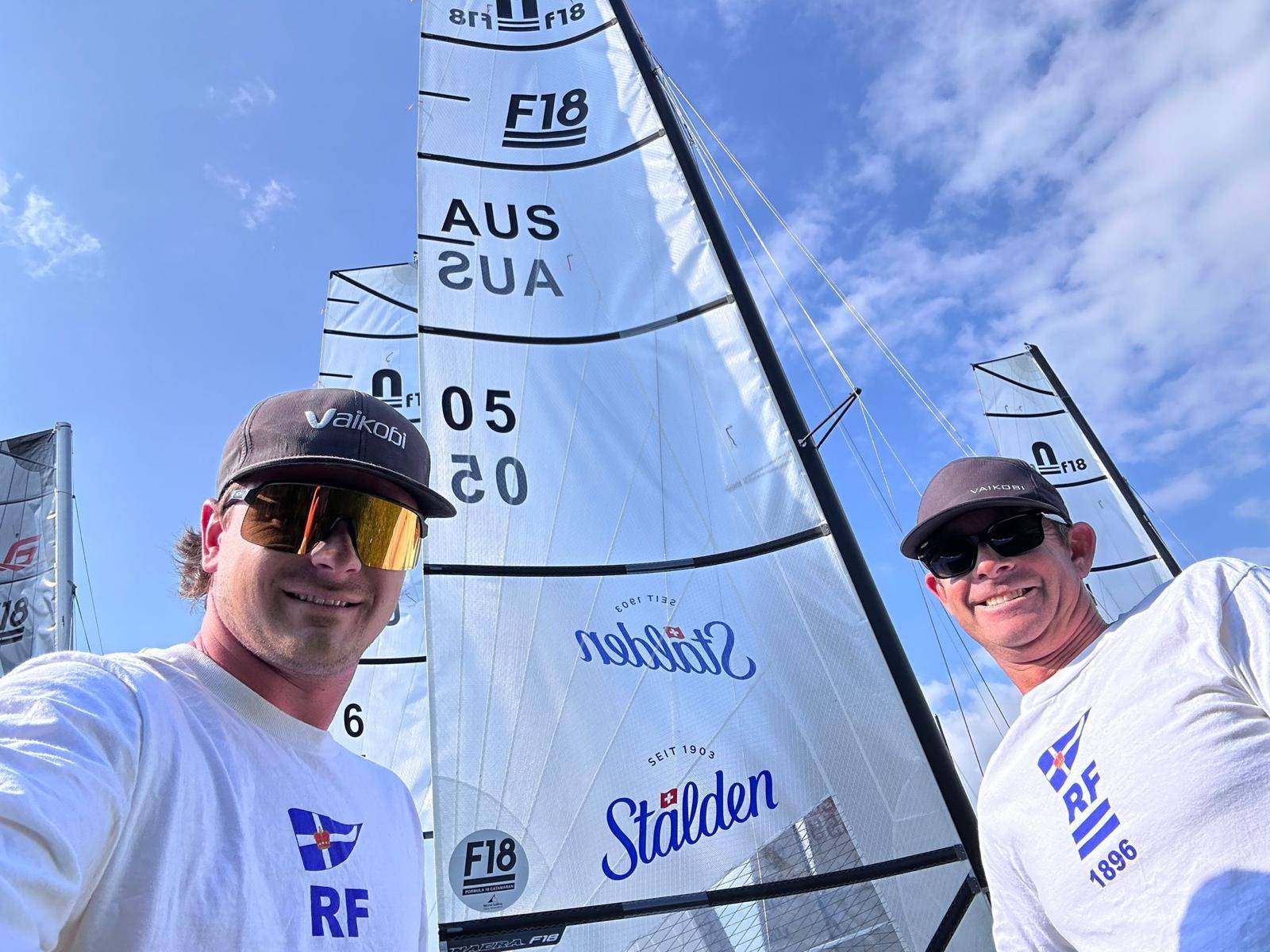

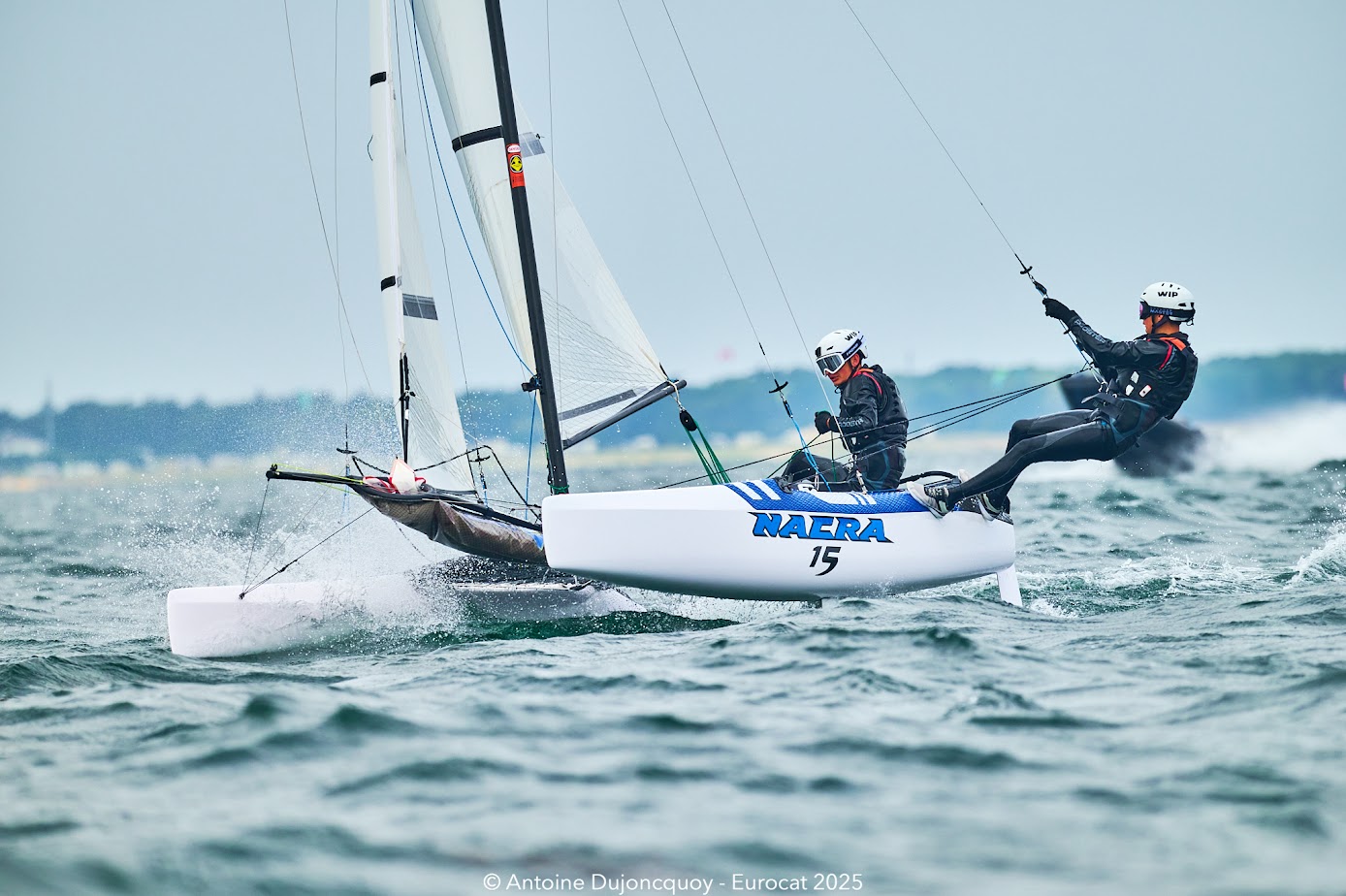
















I just heard that my great sailing friend and former CEO of Hobiecat Europe has passed. May The endless oceans…
...Report was sent by an F18 Sailor, if you want Hobies reported send your own, we'll publish as usual. Cheers.
Looks like in your report the Hobies are not really present. Suggest to rewrite the article.
Thanks for the great report Wik. Great battle.
If I correctly read the results the overall winner this year is a Hobie16